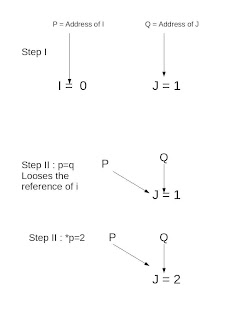It can be depicted as follows:
void Sort(a[], n)
{
if(n>= k) { //k is global
i = n/k;
j = n-i;
Let A consist of the first i elements in a[]
Let B consists of the remaining j elements in E
Sort(A,i);
Sort(B,j);
merge(A,B,a,i,j); //merge A and B into a[]
}
else sort a[] using insertion sort.
}
In the above pseudo code, if we make k = 2, we get merge sort.
The complete source code of Merge Sort can be found here.
Analysis of Merge Sort:
From the following algorithm of Merge Sort, the run time T(n) can be deduced as follows:
void MergeSort(int a[], int low, int high)
{
int mid;
if(low(high))
{
mid = (low+high)/2; ==> Θ(1)
MergeSort(a,low,mid); ==>T(n/2)
MergeSort(a,mid+1,high);==>T(n/2)
merge(a,low,mid,high);==>Θ(n)
}
}
Therefore we can write T(n) = 2T(n/2) + Θ(n)
Comparing it with the Master theorem, we get a = 2, b = 2 and d = 1. Hence a = bd which means it is the second condition of the Master Theorem.
Thus we get T(n) = Θ (n log n)
